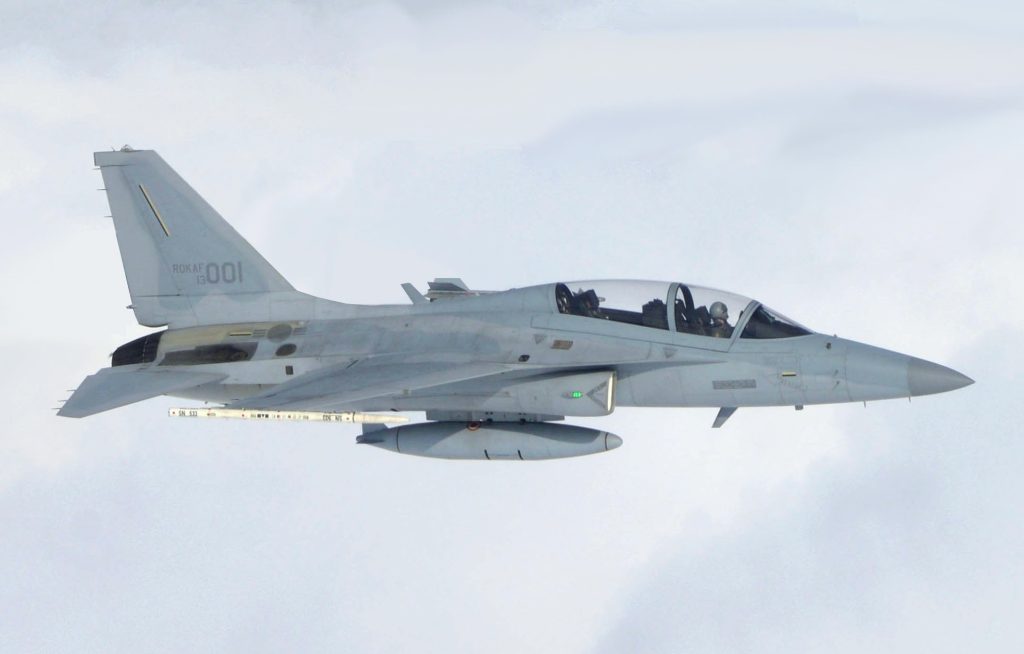By Staff Correspondent
Malaysia’s recent decision to award South Korea’s Korea Aerospace Industries (KAI) with a contract for 18 Lead-in-Trainer-Light Combat Aircraft (FLIT-LCA) has raised questions about the complex geopolitical considerations and relationships that drive the global defence industry. Valued at $920 million, the contract was awarded after an international tender, with deliveries expected to commence in 2026. Six nations responded to the Royal Malaysian Air Force’s (RMFA) request for proposals, including India’s Tejas, but ultimately KAI’s FA-50 was selected due to its cost-effectiveness, advanced technology, and strong bilateral relations between South Korea and Malaysia.
The FA-50, jointly developed with Lockheed Martin and manufactured locally by KAI as the KF-16, is classified as a light attack combat aircraft and is known for its modest size, lightweight, and compact structural advantages that reduce its radar signature. In contrast, the Tejas is a supersonic combat aircraft with advanced digital avionics and composite structures, making it the smallest and lightest modern aircraft in its class. While the Tejas matches or exceeds the FA-50’s superiority in terms of firepower, Malaysia chose the Korean-made aircraft due to its open architecture computer systems that can incorporate both Russian and Western armaments.

Another critical factor in Malaysia’s decision-making process was the level of support and training South Korea could offer as part of the deal. The comprehensive package includes the supply of 18 aircraft and pilot and maintenance training, technical assistance, and logistical support. This may have given Malaysia greater confidence in the reliability and maintainability of the FA-50.
India’s proposal reportedly focused primarily on offering maintenance and spares for Malaysia’s existing fleet of Russian-origin Sukhoi 30 fighter jets, which may not have been seen as a compelling enough incentive to choose the Tejas over the FA-50. Although India remains a key defence partner of South Korea and has other advanced combat aircraft in development, such as the Tejas Mk2 and the advanced medium combat aircraft (AMCA), the latter faces development hurdles amid the quest for advanced propulsion technology.
Malaysia’s decision to award the contract to KAI reflects the strength of bilateral relations between South Korea and Malaysia, as well as the competitiveness of the FA-50 in terms of technology and pricing. However, it is essential to consider other crucial factors that may have played a role in Malaysia’s decision-making process, such as the performance and reliability of the aircraft and the level of support and training offered as part of the deal. Going forward, India may need to address the technical challenges and delays that have plagued the Tejas program and offer a more comprehensive support package to compete effectively in future international arms procurement contracts.





